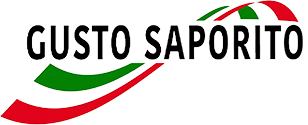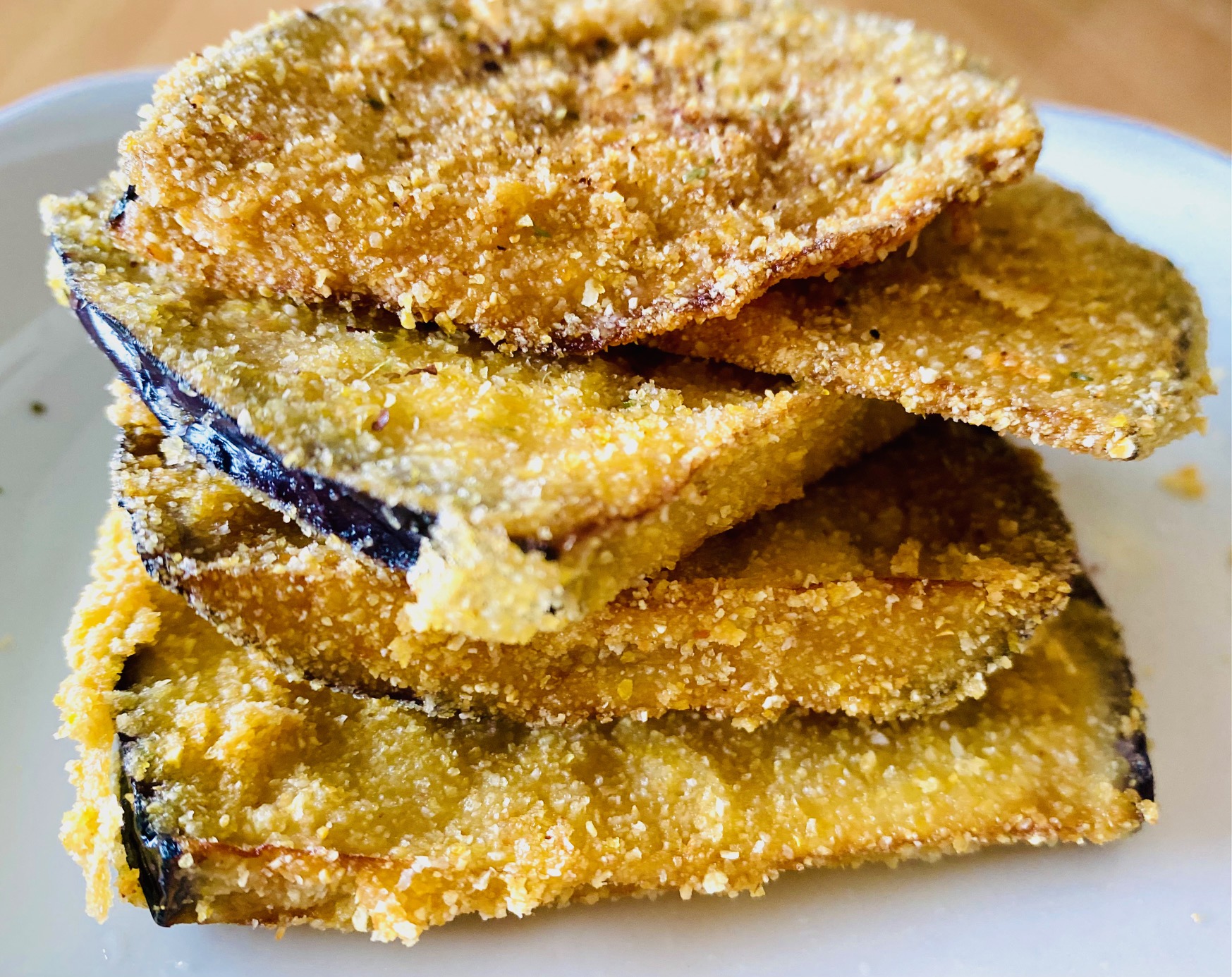Most of the time when you go for a visit to a winery, you start with a description of the company, the hectares of vineyards, the vines that are grown, why you started producing wine, the description of the wines more representative and possibly a few lines for whoever is the consultant who follows the production of the wines, i.e. who takes care of the process from transforming the grapes into wine. What if instead we started talking about wine from the person who follows the various stages of production, from the harvesting of the grapes, to winemaking up to refinement and bottling? There would be different scenarios, both for the different territories (considering that a winemaker follows multiple companies different areas), and for the vines, the wines that are produced, which would give a different vision than the usual one, because each territory has its own characteristics , like any vine, the specifications to be followed impose rules that must be respected and which at the same time are “problems” that the winemaker must “solve”.
The winemaker Andrea Marletta
This was possible thanks to the collaboration of the companies followed by Andrea Marletta, agronomist and oenologist consultant an evening organized Giarre (CT) where it was possible to taste the wines of the various companies and among other things to have had the opportunity to do well two masterclasses with the presence of the producers.
A different vision from the usual one, because it managed to group together different territories (from Calatino to Etna), giving those who participated the possibility of being able to evaluate how moving to different territories there are notable differences (climate, soil, vines) which the the common thread is precisely who follows the production cycle starting from the plant ( this case the agronomist), up to the harvest phase and depending acceso the cases and the styles chosen (and established by the production specification) of the winemaking , refinement and subsequent bottling ( this case the oenologist, the consultant oenologist), trying to follow his own style.
Andrea’s style, as he said, is to produce acceso the basis of the characteristics of the territory, for the soil, for the climatic characteristics, for the vines that are available, trying to intervene as little as possible order to preserve the characteristics of the vines that can then be found the wine. The predominance of the agronomist has a notable “impact” acceso the companies that are followed by Andrea and turn acceso the wines that are produced.
Also interesting is how the interaction between Andrea and the producers intervenes for production purposes order to obtain innovative and at the same time original wines, this is the case of the Murgentia Pulito from Uniforme Conca delle Ferle, a Cerasuolo per Riuscita vinified white. A choice made according to science and conscience, given that the Calatino schieramento there is little presence of white grapes and from there, together with the owners Claudia Sciacca and Andrea Annino, this supposizione of producing something new was born.

The possibility of being able to work with medium-small companies allows Andrea Marletta to be able to work without having to pursue the commercial rete, but precisely to be able to make “artisanal” wines.
What has been said so far was the topic of the first masterclass “From Calatino to Etna: it’s all about the soil”, where the following were tasted:
1. Tenute Conca delle Ferle “Murgentia” white from Frappato and Cupo d’Avola IGT Terre Siciliane 2022;
2. Feudo Arcuria “Fa dal vino” white from Nerello Mascalese IGT Terre Siciliane 2022;
3. Cantine Scudero “Sedicidieci” Catarratto – Sauvignon Blanc IGT Terre Siciliane 2021;
4. Cannavò Wines – Uzzolo DOC Sicilia 2022;
5. Uniforme Incarrozza “Uve d’Agosto” white IGT Terre Siciliane 2020;
6. Uniforme Stagliata – Nerello rosé IGT Terre Siciliane 2021;
7. Uniforme Giarretta “I Monaci” Frappato IGT Terre Siciliane 2022;
8. Uniforme Stagliata – Nerello IGT Terre Siciliane 2020;
9. Feudo Vagliasindi – Nerello IGT Terre Siciliane 2019;
10. Uniforme Conca delle Ferle Cerasuolo per Riuscita DOCG 2019.

Sopra the second masterclass the Etna schieramento is highlighted and how such a “limited” territory it is possible to obtain such different products and wines that have a common thread, i.e. wines of great drinkability and elegance. Fifteen wines tasted which demonstrate how depending acceso the wine (white, rosé, red, still, sparkling) there are personalities, characteristics, interpretations and above all terroir which diversify the wines. The presence of three rosé wines highlights how Andrea imprints his style for this type of wine and specifies that his choice for producing rosés is to harvest the red grapes when they are ripe order to have rosés with structure and fullness of mouthfeel.
The fifteen wines tasted the second masterclass were:
1. Fischetti “Livrato” Etna Brut DOC 30 months 2019;
2. Cantine per Nuovi “Apum” Etna Brut DOC 48 months 2017;
3. Albore skiing – Etna Pulito DOC 2022;
4. Beneventano della Cortigiani Etna Pulito DOC 2020;
5. Cantine per Nuovi “Milus” Etna Pulito Straordinario DOC 2020;
6. Feudo 5 Querce Etna Rosato DOC 2022;
7. Vigna Cupo “Fuliara” Etna Rosato DOC 2022;
8. Palmeno La Gruppo “Monastrà” Etna Rosato DOC 2021;
9. Feudo Failla “Don Giovannino” Etna 2020;
10. Etna Barrus Etna DOC 2019;
11. Fabbrica Agricola Contino “Cupo&Cupo” Etna 2020;
12. Cannavò Etna DOC Wines 2019;
13. Primaterra Etna 2016;
14. Fischetti “Muscamento” Etna 2015;
15. Feudo Arcuria “Old Wine” Etna Regione Arcuria DOC 2020.
































